
Updated: Sep 19, 2025.
It’s amazing how much one can learn from a single book, often priced around $10.00 (especially if it’s a Kindle edition). If you are on a path of upgrading yourself and advancing your knowledge as a CTO, this carefully-curated list is for you! We tried to include newer books, when possible, mixing them with some timeless classics.
Books for Startup CTOs
A startup CTO needs a diverse set of skills that goes beyond technical expertise. An executive like that should also understand business, innovation, and product development.
#1 Escaping the Build Trap
Author: Melissa Perri
Year: 2018

Escaping the Build Trap describes a customer-centric approach to product development that prioritizes outcomes over outputs. It talks about why companies should not be fixated on releasing features, but rather focus on providing value to the customer.
Simply put, this book gets to the heart of Product Management today. Melissa tackles this head on. She does so succinctly and effortlessly.
#2 Crossing the Chasm
Author: Geoffrey A. Moore
Year: 2014 (3rd edition)
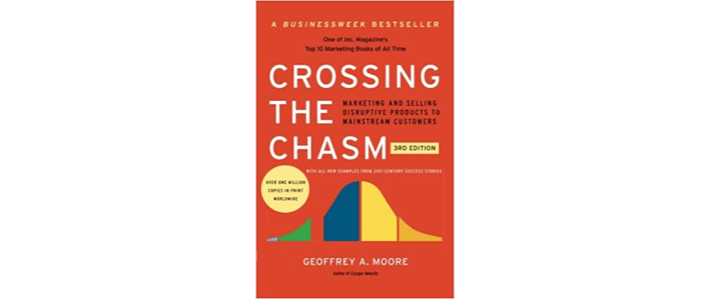
First released in 1991, Crossing the Chasm is a classic that popularized the Technology Adoption Curve and introduced terminology like “early adopters” and “late majority” for the first time. The book argues that, while early adopters don’t need to be convinced to try out a disruptive product, there is a gap (chasm) between selling to tech enthusiasts and the mainstream market. It teaches you how to close that gap.
If you’ve ever had an ‘awesome’ idea for a product or service and failed in its implementation (as I have several times), this book is like the advisor/counselor you wish you had when things were going off track.
#3 Product-Led Growth
Author: Wes Bush
Year: 2019
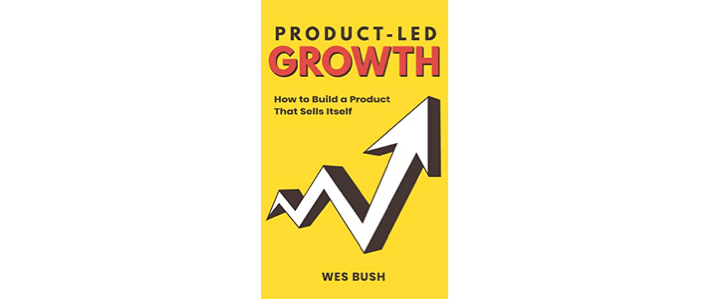
By letting people experience the power of your product firsthand (e.g. in a freemium model) you can turn it into your best customer acquisition channel. Product-Led Growth talks about building and marketing SaaS products though PLG. Although seasoned SaaS people may find the things that it says obvious, it’s a great read for anyone new to the topic.
Wes does an excellent job at guiding business owners through the steps of building a business that is 100% product-led.
#4 Founders at Work
Author: Jessica Livingston
Year: 2008
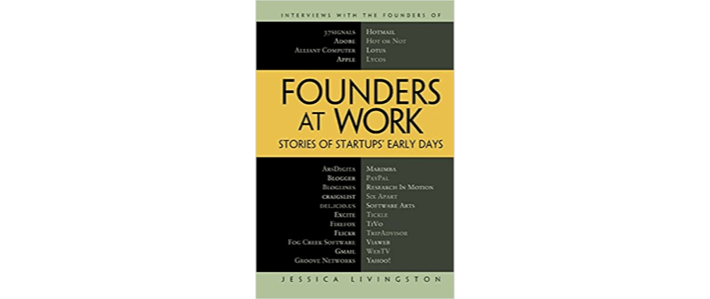
The subtitle of the book is Stories of Startups’ Early Days, and that’s what it is – a collection of stories in the form of interviews with some of the best-known tech entrepreneurs who talk about how their companies began and lived through the early days.
I have only finished about a third of the book, and have already gotten my money’s worth out of it. It is fascinating to see the vicissitudes of a project shape — and be shaped by — the business decisions.
#5 The Innovator’s Dilemma
Author: Clayton M. Christensen
Year: 2016 (an updated edition)

Written by the very person who coined the term “disruptive,” The Innovator’s Dilemma attempts to challenge the assumption that all traditional brands must adopt emerging tech to stay competitive. Sometimes you stay afloat thanks to not following the hype, and sometimes you sink despite following it. Should all traditional car makers jump on the self-driving car bandwagon, or not? This is the kind of dilemma discussed in the book.
Clayton Christensen’s The Innovator’s Dilemma, while admittedly a bit dry, remains one of the most important business leadership books on the market.
#6 Don’t Make Me Think, Revisited
Author: Steve Krug
Year: 2013 (3rd edition)

First published in 2000, Don’t Make Me Think remains a classic on usability and web design, even today. The updated edition features some new examples and a chapter on mobile usability. Steve Krug claims that interfaces should be intuitive and something that the user expects, because you don’t want to “make them think” while navigating your product.
If you ever write user interfaces for anything from the Web to native software to even email newsletters with a lot of buttons and links, you should read this book.
#7 Building Great Software Engineering Teams
Author: Joshua Tyler
Year: 2015

Building Great Software Engineering Teams touches on topics like head-hunting and hiring engineering talent, with a focus on startups. It also discusses managing the people you have hired to motivate them to stick around long-term.
A great read for anybody that manages, or aspires to manage, a team of humans (regardless of the industry)!
Books for Corporate CTOs
#8 A Seat at the Table: IT Leadership in the Age of Agility
Author: Mark Schwartz
Year: 2017
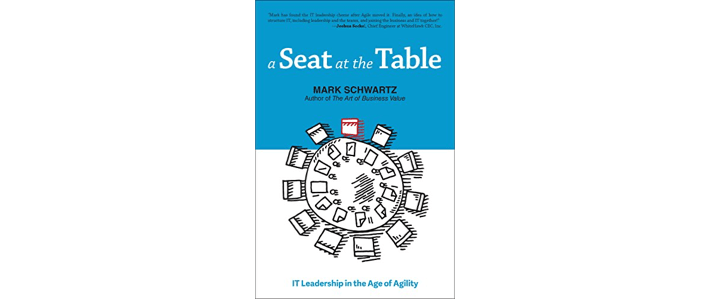
Mark Schwartz has worked in senior IT positions at Amazon, USCIS, and a bunch of other companies. A Seat at the Table: IT Leadership in the Age of Agility explores the role of IT leadership as it is today and gives reasons why IT should have “a seat at the table” and drive business outcomes instead of taking orders from the rest of the C-Suite. The book is an opinionated blockbuster that talks about buy-vs-build approach, among other things.
If we want to fulfill the promise (dream?) of an agile organization then that mindset ought to change and IT should understand the business, drive new business, be the business. That means a complete shift in thinking in IT management.
#9 The Digital & Information Technology Strategy Quick Guide
Author: Kris Safarova
Year: 2021
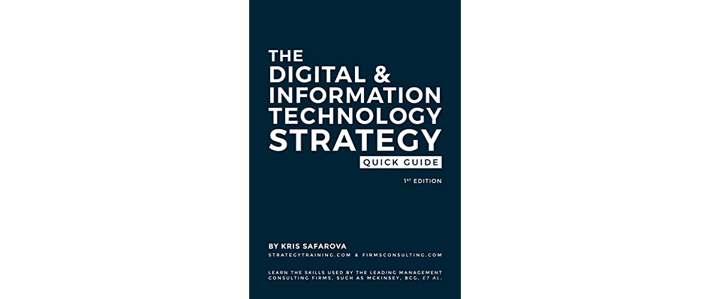
The Digital & Information Technology Strategy: Quick Guide by Kris Safarova is indeed a quick guide that talks about how technology strategy depends on the type of organization, what it really is, etc. It’s a short book, but a good start for business and technology to begin to speak in common terms.
The quick guide starts off with the true definition of IT and Digital Strategy. It is the best definition I have read and ties it to corporate and business unit strategy in a way I have never seen articulated before.
#10 IT Strategy: A 3-Dimensional Framework to Plan Your Digital Transformation
Author: Jim Maholic
Year: 2019
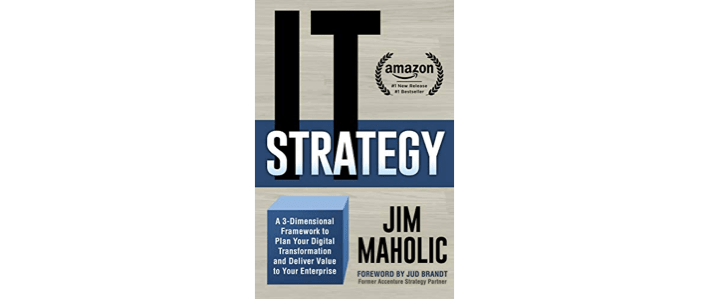
Jim Maholic is an IT strategist with twenty-five years of experience. Apart from featuring interviews with over a dozen technology executives, IT Strategy introduces an original three-dimensional framework for developing a solid IT strategy. It also talks about the importance of aligning your strategy with the company’s business goals to get the buy-in from the business side.
In his new book, Jim has created something remarkable and lasting, which is extremely rare in the quickly evolving world of IT.
#11 The Mythical Man-Month: Essays on Software Engineering
Author: Frederick P. Brooks Jr.
Year: 1995, Anniversary Edition

The Mythical Man-Month is a timeless classic that gave rise to iconic quotes like “adding manpower to a late software project makes it later,” and “the bearing of a child takes nine months, no matter how many women are assigned to the task,” among others. It’s customary for the IT industry to measure workload in “man-months,” but are they what they seem? If you haven’t read this book already, it’s a must-read piece on software project management.
A very good exposition of the nuts and bolts that exist behind large projects. From my experience, as employed by the U.S. government and then by a contractor to it, I concur with all his conclusions […]
#12 Managing Enterprise Content
Authors: Ann Rockley, Charles Cooper
Year: 2012

If you run a content-heavy business, this book is for you. Managing Enterprise Content talks about creating a unified content strategy that enables you to effectively deliver content to customers across platforms and devices in a personalized manner.
Ann Rockley has been thinking, writing, and speaking about intelligent, reusable content for decades–and it shows in this book, which just drips with expertise.
#13 Joel on Software
Author: Joel Spolsky
Year: 2004, 3rd edition

It’s always nice when an experienced professional shares their views on the process of software development, especially if that person is a bit of a celebrity in the field. Joel Spolsky, founder of Trello and co-founder of StackOverflow, shares his titbits of wisdom in Joel on Software. Although the author’s site, JoelOnSoftware.com, has a lot of the same information, it might be more convenient to read it in the book format.
This book […]is a comprehensive collection of the most interesting articles that have appeared on the Joel on Software website in the course of the last five years.
#14 The Cathedral & the Bazaar
Author: Eric S. Raymond
Year: 2001
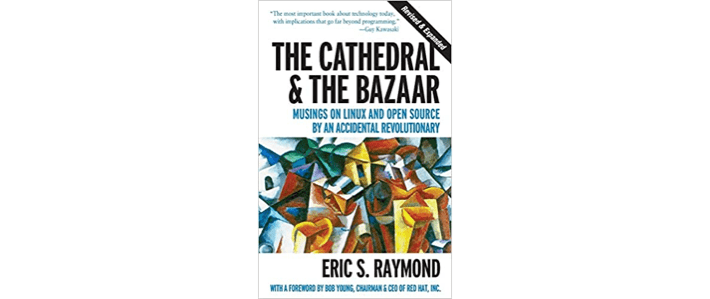
Many tech firms these days are engaged in open source development (and so is ObjectStyle). The Cathedral & the Bazaar is a timeless classic and a good historical book on open source development and surrounding topics. It explores two main approaches to building an open-source product: top-down and bottom-up. If you are thinking about releasing any open software, this book could be a good resource.
The essays in the book describe open-source software, the process of systematically harnessing open development and decentralized peer review to lower costs and improve software quality.
Technical Books for CTOs
#15 Modern Computer Architecture and Organization
Author: Jim Ledin
Year: 2020

The book is an overview of architecture and design principles underlying modern computer systems, from tiny embedded devices to warehouse-size cloud server farms. Author Jim Ledin writes that, with this book, he wanted to “provide a coherent introduction to each important technology and subsystem you might find in a modern computing device and explain its relationship to other system components.”
I have read a few books on computer architecture. Nothing tops this.
#16 Refactoring: Improving the Design of Existing Code
Authors: Martin Fowler, Kent Beck, et al.
Year: 2018, 2-nd edition

It’s common knowledge that refactoring is a big part of maintaining a software system in the long run. Written by a group of prominent engineers, Refactoring: Improving the Design of Existing Code is a go-to resource that can help anyone engaged in software development quickly grasp general principles of refactoring and go more in depth with concrete cases and examples.
For those who don’t know what to do when handed a bunch of legacy code, but don’t know where to start, this book is for you.
#17 Monolith to Microservices
Author: Sam Newman
Year: 2019

Monolith to Microservices talks about the steps you can take to gradually transform a monolith system into a microservice-based architecture. The book describes multiple migration patterns and shares some ideas on choosing the best time to migrate while maintaining operational stability.
I loved Sam’s other book on microservices, but this one addresses the key issue – you almost never build microservices from scratch […] And the biggest challenge, by far, is the data.
#18 Engineering DevOps: From Chaos to Continuous Improvement … and Beyond
Author: Marc Hornbeek
Year: 2019

DevOps is a broad topic. It has a big cultural component and a technical part where you find tools, methods, and specific practices. There are so many of them that some organizations get confused and see subpar results after adopting DevOps. Here is where Engineering DevOps can help. It provides a comprehensive step-by-step guide to engineering an effective DevOps solution for any organization given any starting point.
No matter your role, level, or knowledge, this book will completely guide you and fill in the blanks. I had multiple people all give different explanations of DevOps, but this is a definitive, and authoritative source of information.
#19 Data Science for Business
Authors: Foster Provost, Tom Fawcett
Year: 2013
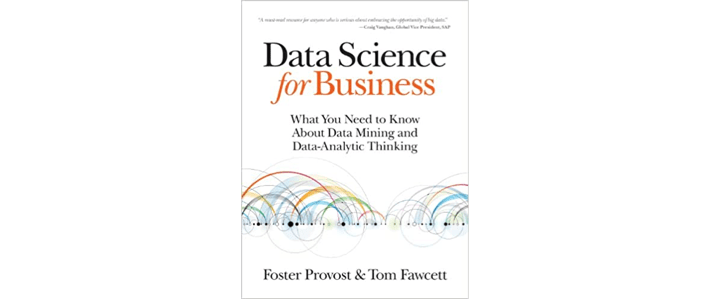
Data Science for Business is a book that explores the value of big data at a high level. It intentionally avoids going into technical nitty-gritties, but covers topics like the types of problems that are best solved through data science, how data-powered solutions help drive business results, some common pitfalls – just the kind of stuff the CTO should be aware of!
Data Science for Business is an ideal book for introducing someone to Data Science […]I am skeptical of non-technical Data Science books, but this one works well.
#20 Designing Data-Intensive Applications
Author: Martin Kleppmann
Year: 2017
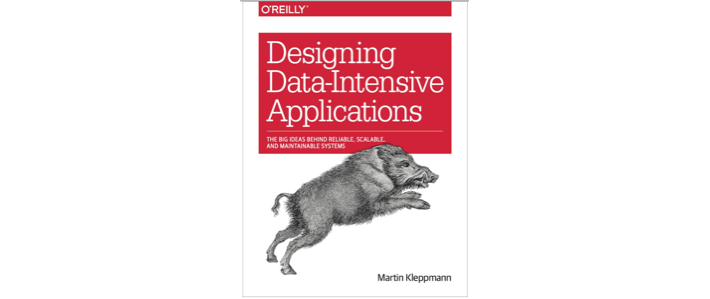
If you are building an app that has some kind of backend for storing/processing data, Martin Kleppmann’ Designing Data-Intensive Applications can help you make architectural decisions, pick the right tools for managing data systems and integrating them with your data-intensive app, understand the tradeoffs involved, and be aware of different design decisions made by different products.
DDIA is […]destined to become a classic. The book deals with all the stuff that happens around data engineering : storage, models, structures, access patterns, encoding, replication, partitioning, distributed systems, batch & stream processing and the future of data systems.
People Management Books
#21 Confessions of a CIA Spy: The Art of Human Hacking
Author: Peter Warmka
Year: 2021
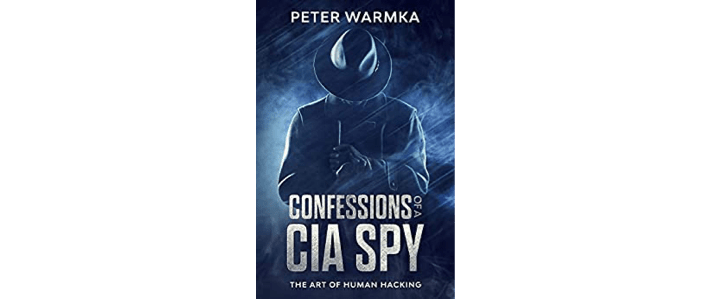
A former CIA agent opens up on how and why hackers use social engineering techniques to hack people and companies, and what you can do to avoid it. Author Peter Warmka is a Certified Fraud Examiner (CFE) and Certified Protection Professional (CPP), so there is a lot to be learned from the lessons he is sharing.
If I was in the C-Suite, this book would get my attention to secure my company, personnel and personal life.
#22 Radical Candor
Author: Kim Scott
Year: 2019

Kim Scot was working at Google when she discovered her true passion – ridding the world of bad bosses. She observed many Silicon Valley managers at work and came up with a framework called Radical Candor that can help you become a “kick-ass” boss. While some people argue that the ideas in Radical Candor are common sense, there are nuances to them that can determine whether you are able to implement the framework successfully.
This book as opposed to others I’ve read in the past has a ton of actionable guidance. […]Especially the topics around Superstars and Rockstars hit home with me.
#23 High Output Management
Author: Andrew S. Grove
Year: 1995

High Output Management is a timeless classic from the former CEO of Intel. Back in the day, Intel was considered the best company in the technology industry. It ran with astonishing precision, which allowed it to invest billions of dollars in new projects with confidence. The fact that the extraordinary genius that was Andy Grove took the time to write this pure-substance book on people management, human resource planning, motivation, and similar topics is a gift to the entire world of business.
Grove’s main accomplishment in this book is the simplification of very complex organizational concepts and processes into simple steps that anyone can follow and manage.
#24 Peopleware: Productive Projects and Teams
Authors: Tom DeMarco, Timothy Lister
Year: 2013, 3-rd edition

The first edition of Peopleware came out in 1999. The book demonstrates that the major issues of software development arise because of humans, not because of technology. Technologies have definitely changed since 1999, but people have not, so the advice on dealing with the proverbial “human factor” still holds true.
In short – it is a book on how to treat people. Written for managers in software companies (can be generalized to all companies which expect their employees to do creative work), in my opinion it can be read just by anybody, even if only to raise awareness of toxic workplaces.
#25 Bring Your Whole Self to Work
Authors: Mike Robbins
Year: 2018
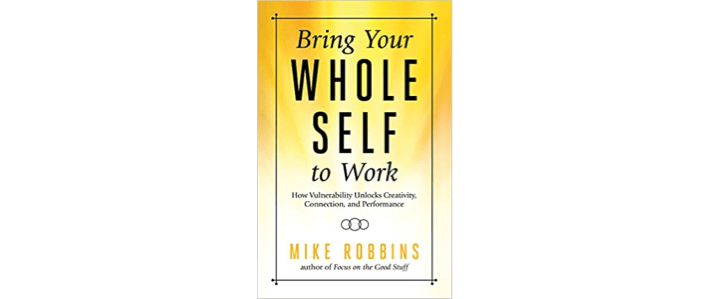
When we come to work, we often put up a front and tend to appear as someone we are not. As a result, what the others see is just the tip of the iceberg of who we are. Author Mike Robbins argues that it is tiresome to have that mask on the entire time. He offers exercises that can help you “lower the waterline” and reveal a bigger part of your “iceberg” to become more engaged in your job.
There have been a host of studies that show the majority of employees are not fully engaged at work. […]This book will benefit anyone who wants to be more engaged as an employee or any leader that wants to foster engagement in their team.
In Conclusion
I hope you enjoyed our selection of CTO books. We included some classics to help you, a well-read CTO, understand how certain frequently-flown-around concepts came to be.
Do you know of any other great books for CTOs? Please share them in the comments below.
Related Blogs

Hiring a Startup CTO
LEARN MORE